#7 Antigua, Guatemala
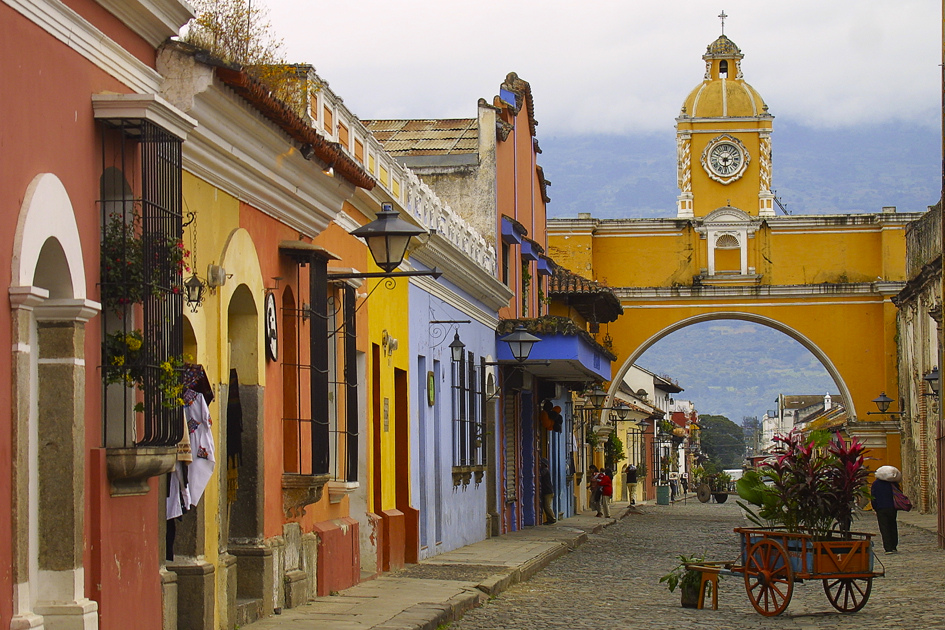
Population: Just over 100,000
Average Annual Temp: 68°F
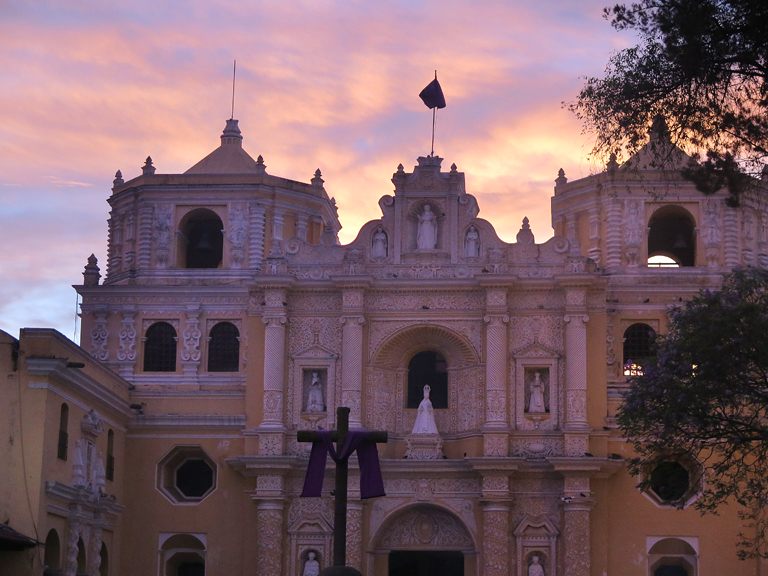
Photo by Damian James
At number seven on the list is the stunning colonial city of Antigua, Guatemala. Filled with colonial era buildings that show the beauty of the Spanish Baroque style, it is not difficult to imagine the grandeur of this former capital of the Kingdom of Guatemala at the height of its power and prestige.
The very name “Antigua, Guatemala” , meaning “ancient Guatemala” in Spanish, perfectly describes the enduring nature of this highland community. Neither earthquakes, volcanic eruptions, uprisings, nor time itself have been able to destroy the spirit of this unique and special town.
Originally founded on March 10,1543, in the Panchoy Valley, Antigua was known as Santiago de los Caballeros, The city was the third location of the seat of power for the young Kingdom of Guatemala; the previous two having fallen victims to uprisings (Iximche) and a major volcanic event (San Miguel Escobar). From here, Spain would rule over the modern day countries of Belize, Honduras, Nicaragua, Costa Rica, El Salvador and the Mexican state of Chiapas for over two centuries.
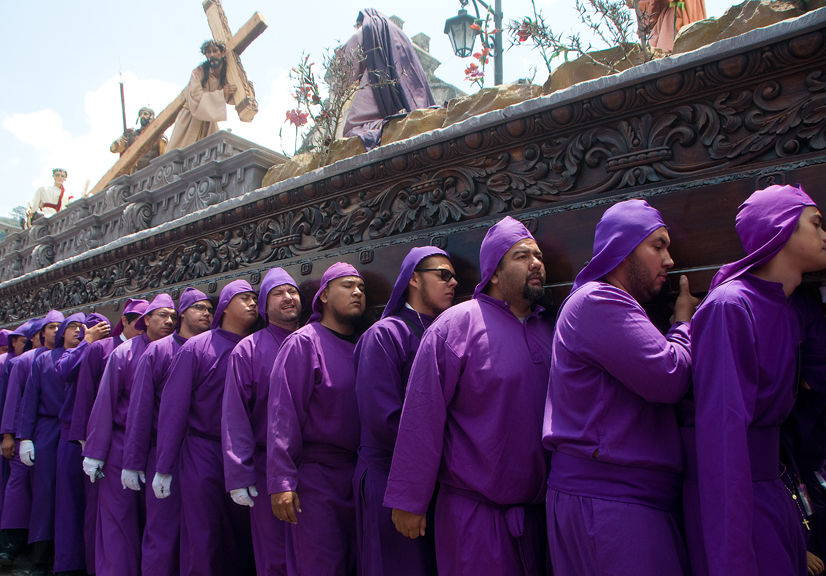
Photo by Damian James
Laid out in the traditional Spanish style of a main plaza, or square, surrounded by important structures, such as the government buildings and major churches, with streets being laid out in a grid pattern. Antigua become the hub of colonial influence throughout Central America. Though subject to floods and earthquakes during its 230 year tenure as the seat of the Captaincy-General, it would continue to thrive until the devastating seismic event of 1773.
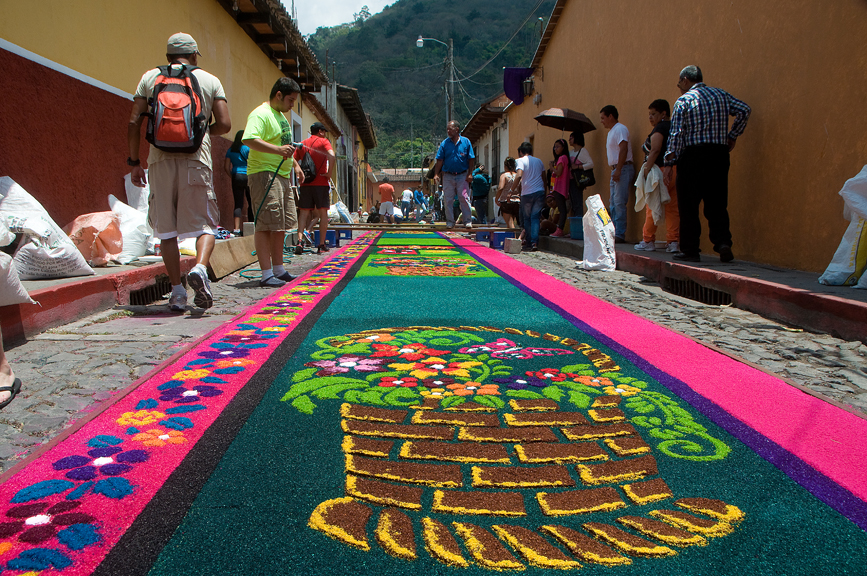
Photo by Damian James
The series of earthquakes that began on July 29, 1773, and now known as the Santa Marta Earthquakes (July 29 was the feast day of St. Martha), destroyed much of the town and, as a result, finally prompted Spanish authorities to move their capital once again in 1776 to modern day Guatemala City. The citizens of Santiago de los Caballeros were ordered to abandon the area but many chose to remain. As a result, this now former capital would be referred to as “Antigua Guatemala” (old Guatemala) by the Spanish and retain the name ever since.
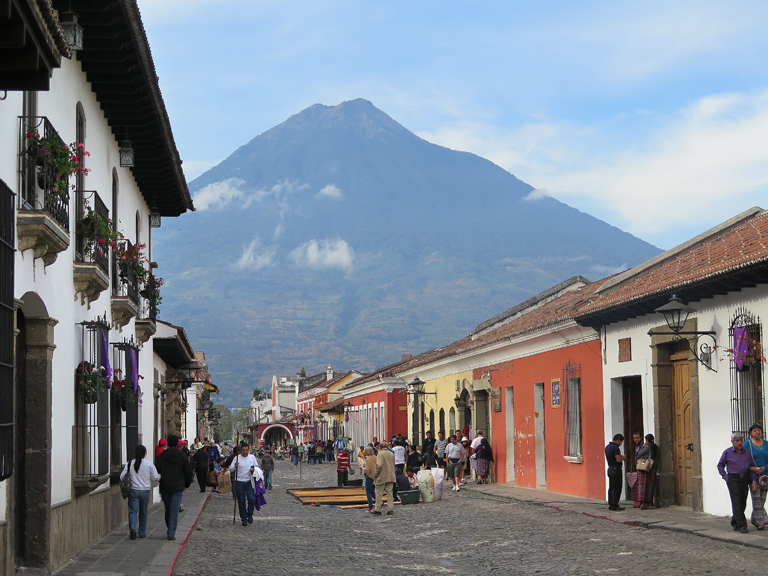
Photo by Damian James
A Colonial Gem Becomes A Modern Jewel
Antigua has become the most popular destination for foreigners in Guatemala. Just a short distance from Guatemala City, the laid back atmosphere of this highland community is a welcome relief from the more hectic base of the modern day capital.
As the cultural, political and religious center of Guatemala for nearly three centuries, it is not surprising that Antigua has a wealth of colonial structures including government buildings, magnificent cathedrals, and residential buildings that can transport history and art aficionados back to the grandeur that was colonial Spain in the Americas.

With the growing appreciation for the large amount of 17th and 18th century architecture that remained in Antigua, the strong influence of the Italian Renaissance design, its status as one of the best examples of town planning in Latin America, Antigua was designated as a world heritage site by UNESCO in 1979. Lovers of architecture and history will enjoy walking the cobblestone streets and viewing such marvels as the Palace of the Captains General, the Catedral de Santiago, the ancient monastery of La Merced, and the convent of Las Capuchinas, among others.
Being able to immerse oneself in the cultural richness of Antigua is one of the most compelling features the city has. Antigua is known for having the largest celebrations and processions during Lent and Easter in the entire Western Hemisphere, a tradition that dates back to the 16th century and the arrival of Don Pedro de Alvarado, the principal conquistador of Guatemala and most of Central America. Antigua has also gained popularity as the best place to learn Spanish; over 75 language schools can be found in and around the city.
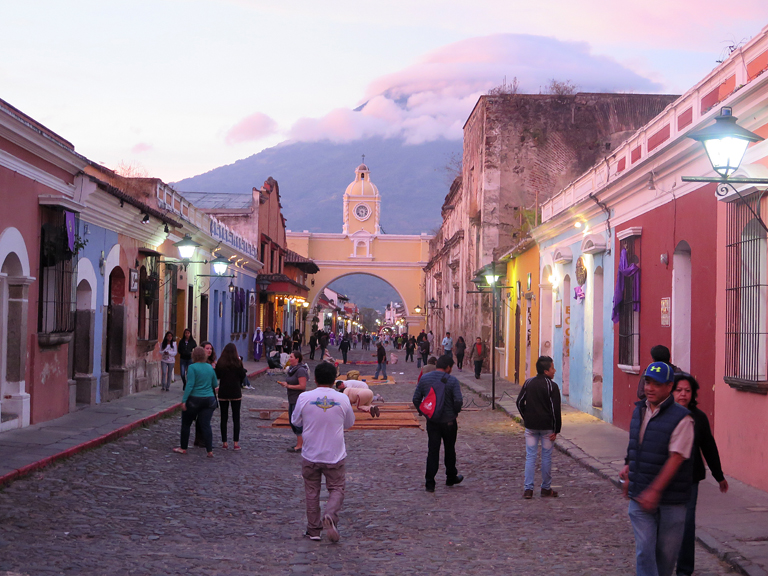
Photo by Damian James
There are a growing number of hotels and restaurants that can accommodate just about every taste and budget. As tourism has become the principal economic engine for the region, the options available for foreigners will only continue to grow. A major asset as a result of this trend is a well developed infrastructure that makes staying in and exploring, not only Antigua but the surrounding areas, both comfortable and convenient.
There are also many activities beyond Antigua’s city limits that explorers to the area can participate in and enjoy. Outdoor enthusiasts can challenge their skills by hiking the three volcanoes that surround Antigua. Pacaya is still an active volcano as is Volcan Fuego, the highest of the three. Acatenanago is over 13,000 high and has options for overnight treks in order to experience the sunrise in a breathtaking setting.
Coffee tours (The region is known for coffee growing.) can provide lovers of this morning beverage the chance to see where all that flavor comes from. There are also chocolate making classes; Antigua is known throughout Central America for its chocolate products. For those looking for a more extreme type of experience, there are a number of mountain bike tours for all levels of skill that cover the challenging terrain in and around the Panchoy valley.
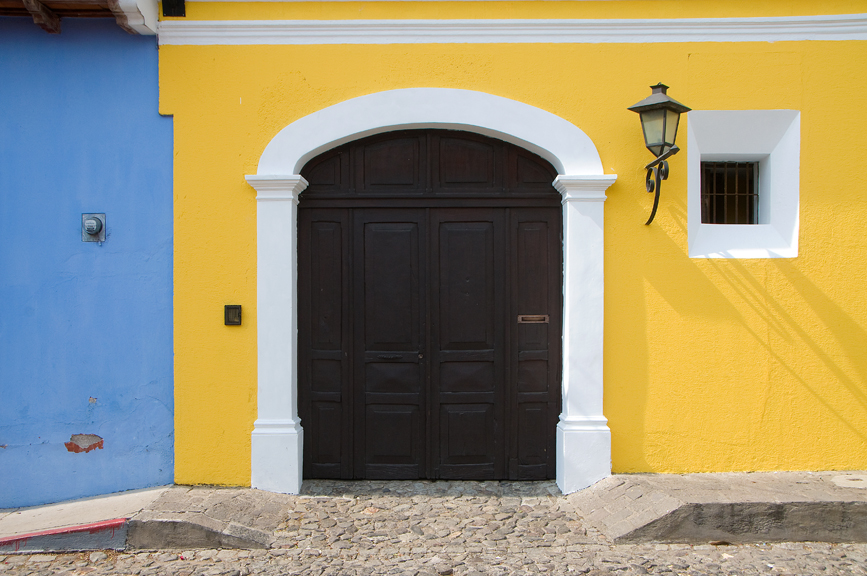
Photo by Damian James
Getting There
While there is no commercial air service to Antigua, its close proximity to Guatemala City (roughly an hour’s drive) still makes Antigua very accessible. There are a number of shuttle buses that regularly run between the airport in Guatemala City and Antigua; private shuttles and taxis are also available.
For the truly adventurous, there is the option of what is known as a “chicken bus.” These recycled US school buses are definitely “no frills” and can take longer to get to Antigua. However, those wanting to truly experience Guatemalan life can take that first step by traveling like a local.

Check out our podcast. From building a house to on the ground real estate information we have you covered. Click Here to See More

Photo by Damian James
Past Glory, Future Promise
Antigua continues to embrace its historical past while welcoming the potential of tomorrow. Being able to purchase a historical building, restoring it to past glory, and then becoming part of a culture that has thrived no matter what man or nature has thrown its way, can be a very compelling argument to investors and expats that this capital of the past may well hold the keys to a promising and exciting tomorrow.

Photo by Damian James
More Antigua Resources
Here are a few other great sites to help you dig deeper.
- Viva Tropical Top Pick: Antigua Fine Homes
- Escuela de Cristo Antigua Guatemala
- Our Man in Antigua
